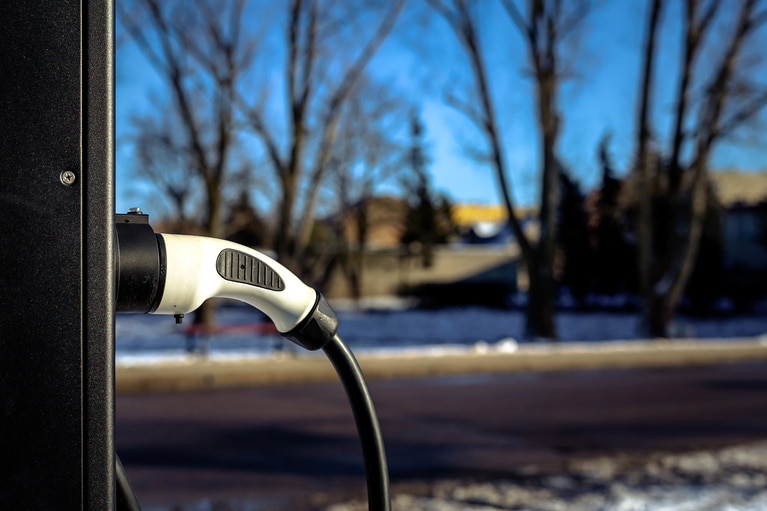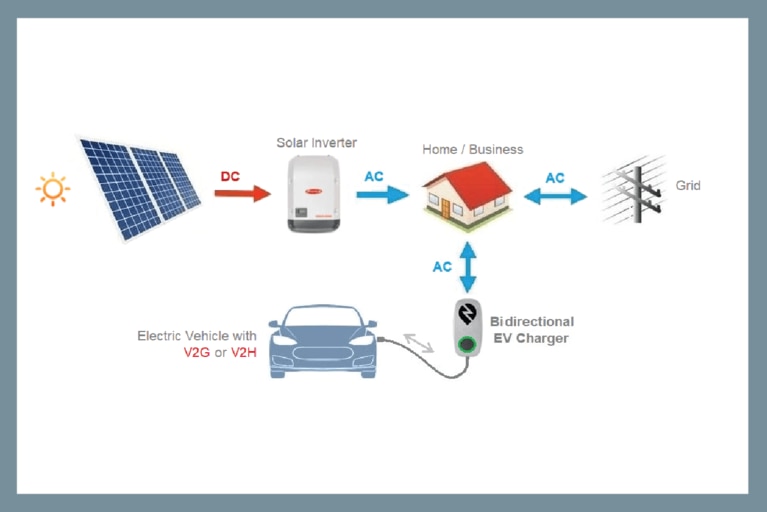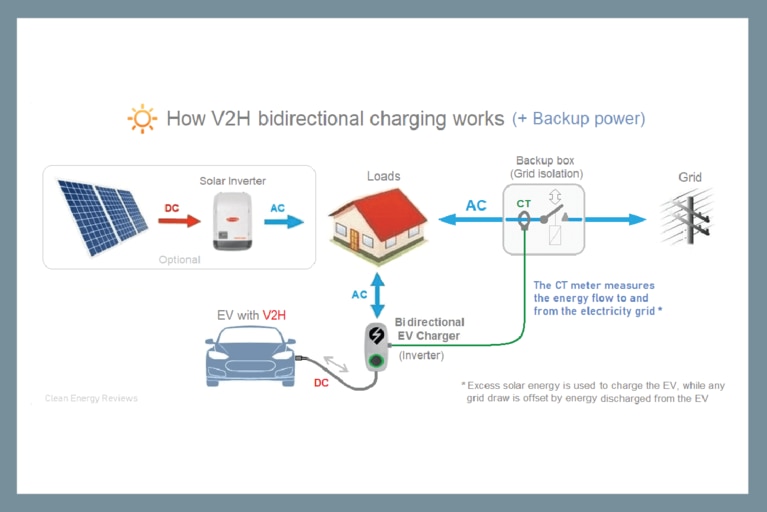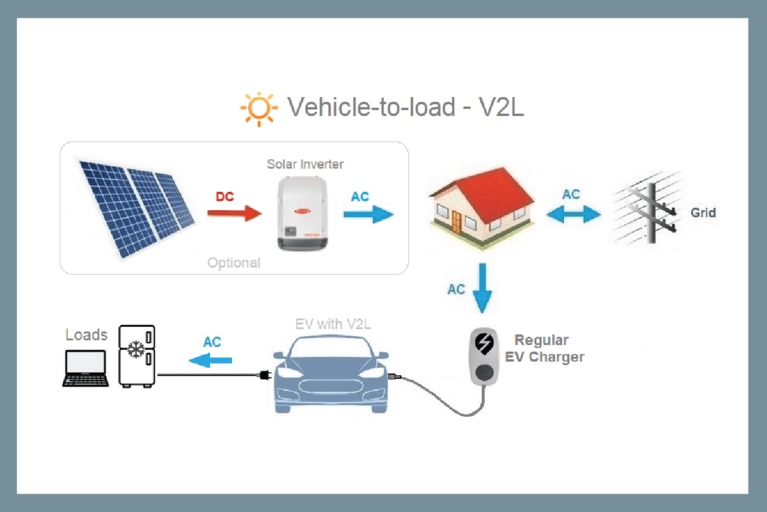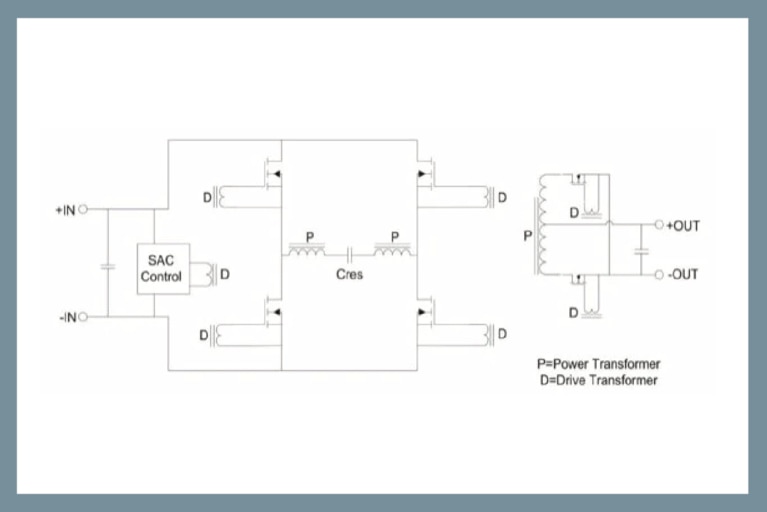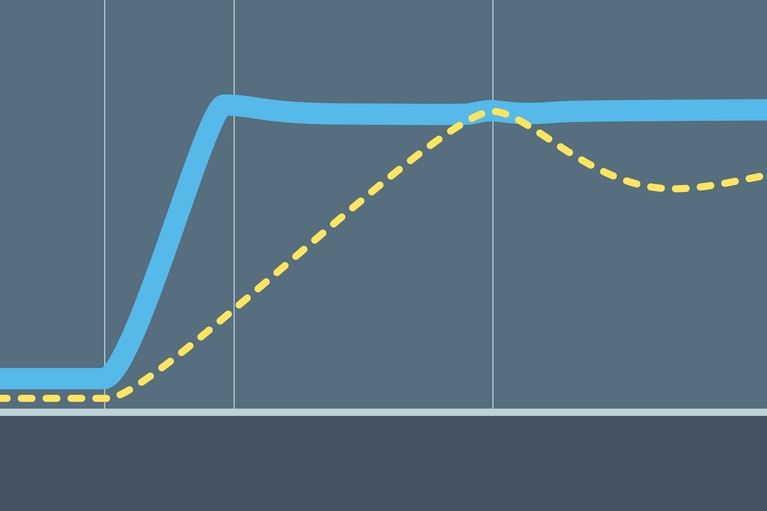
ReVolt – Technical Q&A
ReVolt is cleaning up Hollywood's emission problems today and next will address construction sites, emergency response and events with portable DC power
Given the coexistence of 400V and 800V EVs on the road, what options are there to harmonize these two distinct architectures?
By Matt Jenks, Director of Automotive Sales and Field Applications Engineering
We all know the race is on for electrification, whether through government mandates and incentives or consumers demanding green transportation solutions with higher performance, longer range, and more features. Car makers are responding aggressively to electrify their fleets. With brands like General Motors publicly stating that all GM vehicles will be emission-free by 2035, it seems carmakers are responding aggressively to the call to electrify their fleets.
Bidirectional power conversion presents a unique, creative opportunity for any power system designer. This concept offers both practical and innovative applications in conjunction with the intense R&D efforts around electrification.
Fast-charging infrastructure is a problem. Initial electric vehicle (EV) platforms were designed with 400V batteries supported by 400V charging infrastructure and 400V auxiliary systems. Even before the first 400V vehicles were launched, however, the industry was busy developing 800V platforms, effectively splitting the market into two voltage categories.
Some industry estimates project that 800V battery architectures will be designed into most EVs introduced between 2027 and 2030. Though based on our experience, Vicor believes the transition will be slower than expected and that we will support 400V battery designs for the foreseeable future.
Historically, power systems designers have designed PDNs from left to right, from source to load across the sheet. It is a natural convention that designers have conformed to for decades. In essence, we have been “right-handed.” Imagine a world where we are ambidextrous, using both hands and moving left-to-right and right-to-left.
Modular power components now available to the designer provide two key attributes:
To tap into the promise of bidirectional PDNs, it’s important to understand how a Sine Amplitude Converter (SAC) operates by exploring the core enabling technology. Having abandoned left-to-right thinking, let’s start in the center, where there is a transformer and a series capacitor maintained in resonance with the transformer’s leakage inductance.
To one side, there is a switching bridge that, conventionally, would be viewed as an input stage chopping a DC bus, and to the other, an essentially identical arrangement that can be termed a synchronous rectifier. As long as those two paths switch synchronously with the resonant waveform in the central “tank,” the whole device is symmetrical and acts exactly like a DC transformer.
Voltage is stepped up according to the turns ratio of the magnetics, and current is stepped down — or vice-versa.
Changes in impedance presented at one port are reflected at the other, and power will flow accordingly. Resonant, zero-voltage, and zero-current switching ensure low losses. Minimal stored energy in the resonant tank yields a good transient response through the converter, while MHz switching results in small, light inductors and capacitors.
Figure 1: Vehicle to Grid (V2G) energy flow diagram using a DC bidirectional charger (Source: Clean Energy Reviews).
Given the likelihood that 400 V and 800 V EVs will share the road for some time, the industry must grapple with the challenge of mixing the two architectures to ensure sufficient interoperability while avoiding consumer confusion and potential buyer backlash.
Interoperability between 400V and 800V systems, and conversely between 800V and 400V battery architectures, requires that the industry support all charging interfaces to assure drivers that their vehicles are compatible with any charging station. At the same time, we need to find novel ways of reusing legacy 400V batteries, even as we improve 400/800V system efficiency and extend and enhance vehicle-to-vehicle (V2V) and vehicle-to-other (V2X) charging capability. This mix of voltage use cases can be complex. A 400V battery connecting to an 800V charger needs voltage boosting. An 800V battery connecting to a 400V auxiliary system requires voltages to be bucked down, while different V2V and V2X applications will likely demand a combination of both boost and buck conversion and regulation.
At Vicor, we contend that these power systems require high-voltage, bidirectional voltage conversion from 400V to 800V and 800V to 400V. EV charging stations serve as a good use case to illustrate the point. The vast majority of charging infrastructure in the U.S. runs at 400V, meaning that the industry would need to augment stations by upgrading or installing an 800V option — a costly proposition. Installing an onboard bidirectional converter could easily solve this charging problem. Upon plugging in, the system would automatically detect whether the power needed to be bucked or boosted to charge seamlessly.
Figure 2: Basic energy flow diagram of a DC bidirectional charger using V2H to power a home, plus CT meter to measure grid energy flow (Source: Clean Energy Reviews).
New concepts like vehicle-to-grid (V2G) and vehicle-to-home (V2H) are being considered today. In most cases, varying levels of regulation are needed, but the power distribution networks (PDNs) arenot overly complicated. In the context of V2G, the benefits of bidirectional power are multifaceted. V2G paves the way for improved grid stability and resilience. Electric vehicles can function as mobile energy storage units when connected to the grid. During periods of high energy demand or unexpected downtimes, these vehicles can supply power back to the grid, acting as a buffer and reducing the strain on conventional power sources.
Figure 3: Basic energy flow diagram of an EV with an AC power outlet, known as vehicle-to-load or V2L (Source: Clean Energy Reviews).
This ensures uninterrupted power supply and curtails the need for auxiliary power stations, often brought online during peak demand times, resulting in significant cost savings. Moreover, a new economic model emerges by allowing EV owners to sell excess power back to the grid. EV owners can monetize their stored energy, offsetting some of the costs of ownership and incentivizing the broader adoption of EVs.
Shifting the lens to V2H applications, bidirectional power heralds a paradigm of domestic energy independence and security. With the growing frequency of extreme weather events and associated power outages, having an EV with V2H capabilities can be a lifeline. In such scenarios, the home can draw power from the EV, ensuring that essential systems like heating, cooling, or refrigeration remain operational. This transforms an EV into a backup power source, reducing a household’s reliance on the central grid or the need for separate, often fossil- fueled, generators. Over and above emergencies, on a day-to-day basis, V2H can lead to potential cost savings by allowing homeowners to draw from their car’s battery during peak tariff periods and recharge during off-peak times, optimizing the cost of electricity.
Even more possibilities result from yet another option, vehicle-to- load (V2L). V2L further accentuates the versatility of bidirectional power. Here, the EV becomes a portable power source capable of powering external devices, appliances, or systems. This is particularly useful in remote locations where access to a traditional power source might be challenging. Imagine setting up a campsite in a secluded area and using the EV to power lights and cooking equipment. Tradespeople and event organizers can also leverage V2L to power their equipment on-site, freeing them from the constraints of fixed- power sources and the inefficiencies of hauling bulky generators. The potential applications are vast, ranging from recreational to commercial.
Bidirectional power opens a myriad of possibilities. Solving the 400/800V charging dilemma stands alone in terms of the priorities of today. But the other concepts are more than technological novelties. They represent a pivotal step toward a more integrated and sustainable energy landscape. By fostering grid resilience, promoting economic benefits for EV owners, ensuring domestic energy security, and enabling portability of power, bidirectionality harnesses the latent potential of electric vehicles, taking them from mere modes of transport to pivotal nodes in the energy infrastructure of the future.
Figure 4: Sine Amplitude Converter Topology (SAC) provides isolation and voltage transformation functions, allowing you to place these functions where they are required, separating them from regulation.
The promise of bidirectional power is underway in automotive. Two power component families best leverage bidirectionality capacity. The Vicor Bus Converter Module, or BCM, offers isolated, fixed-ratio conversion between two voltage rails. The other is a non-isolated version, known as NBM, that is otherwise similar. The latter part is slightly easier to use in a bidirectional setting, as it will “start” (establish and stabilize resonant switching) from the power applied to either port. If isolation is necessary, using the BCM requires a small amount of additional circuitry to provide the bias to start it from the power applied to the “secondary.”
New York Times, Oct. 1, 2021
Frost & Sullivan, Nov. 28, 2022
This article was originally published by Power Electronic Tips.
Matthew Jenks is Director of Automotive Sales and Field Applications Engineering in Vicor, North America. Matthew has 25+ years of automotive electronics experience in modules, power electronics, custom ICs and semiconductors. He has held positions in Sales, Marketing, Engineering and Field Applications at Tier 1 and Tier 2 automotive companies, including Infineon, STMicroelectronics, International Rectifier, Visteon and Motorola. Matthew earned his BS in Electrical Engineering from Michigan State University.
Matt Jenks, Director of Automotive Sales and Field Applications Engineering
ReVolt – Technical Q&A
ReVolt is cleaning up Hollywood's emission problems today and next will address construction sites, emergency response and events with portable DC power
Bidirectional power and transient speed enable scalable active suspension
Sine Amplitude Converter™ modules offer a unique combination of bidirectionality and transient response to unlock new possibilities for active suspension
Delivering improved peak power and dynamic transient response to unlock lighter, more powerful EV architectures
With each passing year, electric vehicles (EVs) on the market are becoming increasingly reliant such as steer-by-wire, brake-by-wire and active suspension.
Current multipliers: The obvious choice for powering AI processors and other demanding applications
AI processors need to handle low-voltage, high-current demand, which can cause power system bottlenecks. Learn how current multiplication can change that
